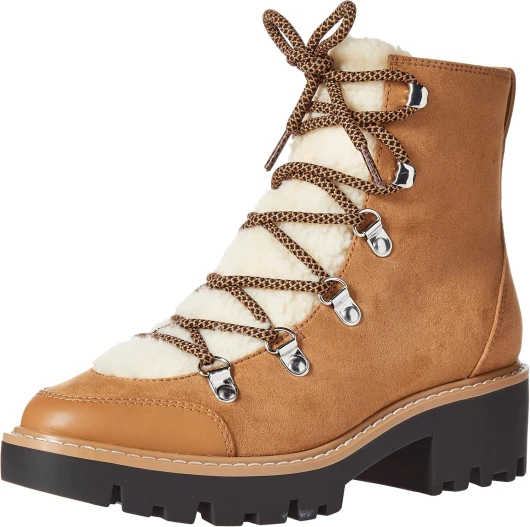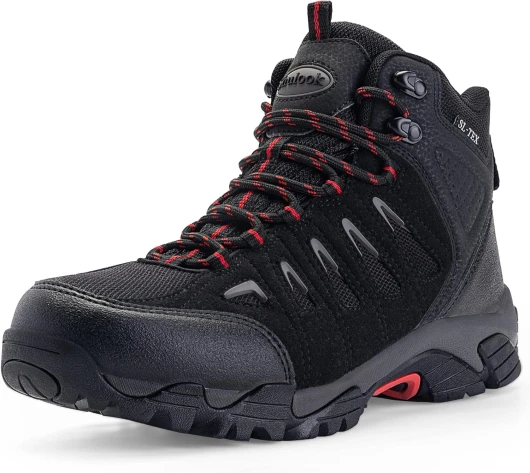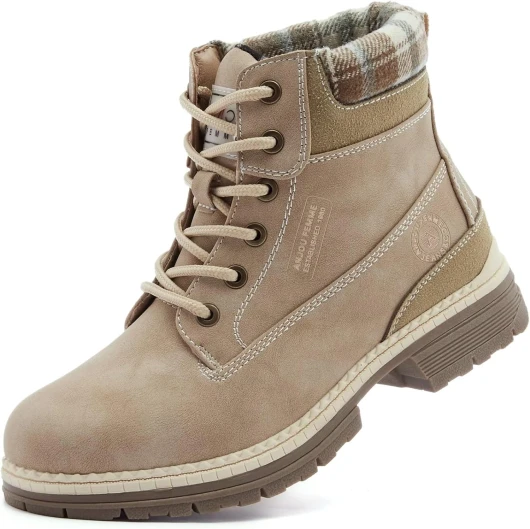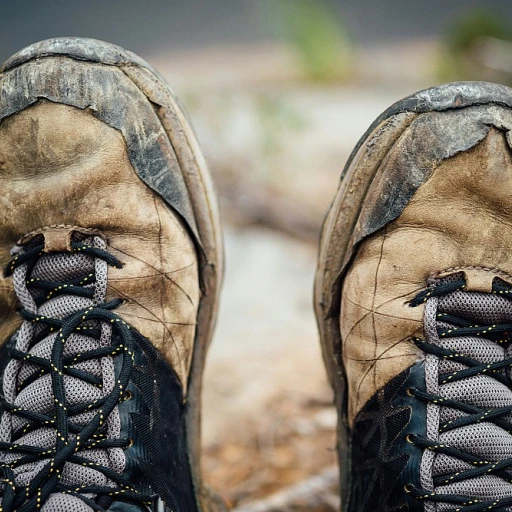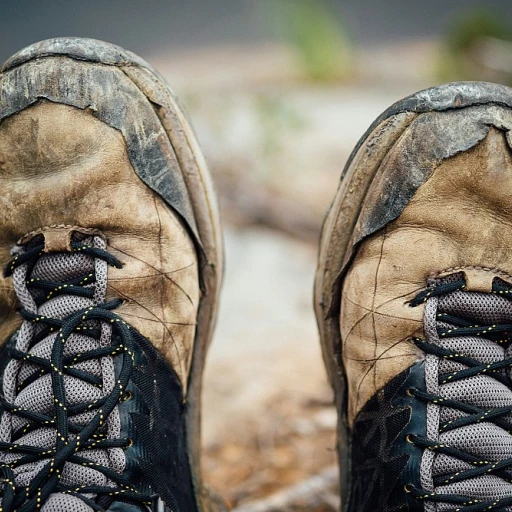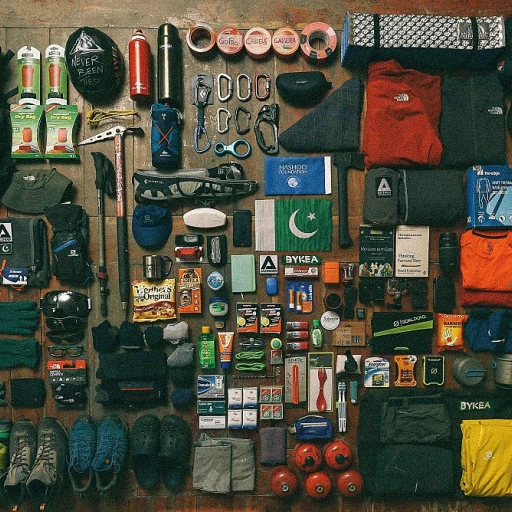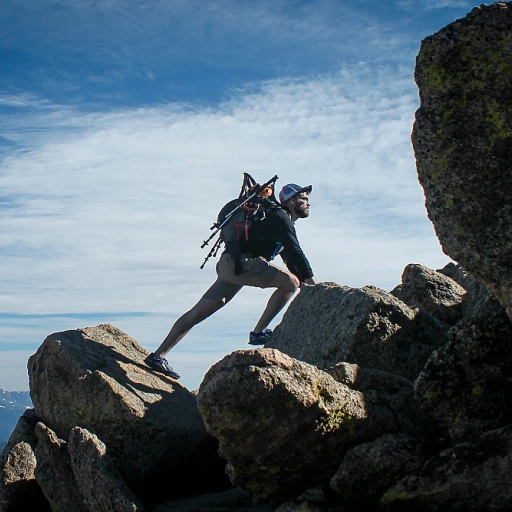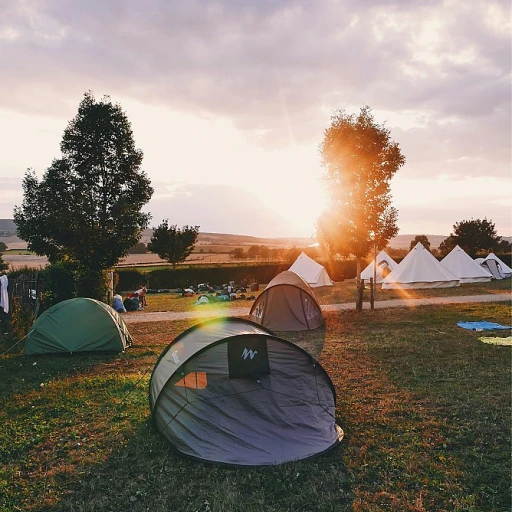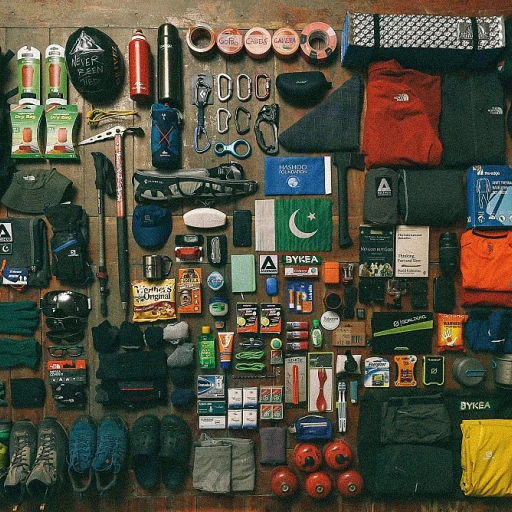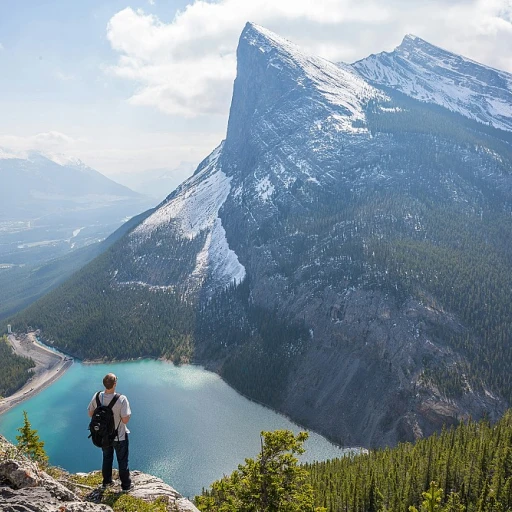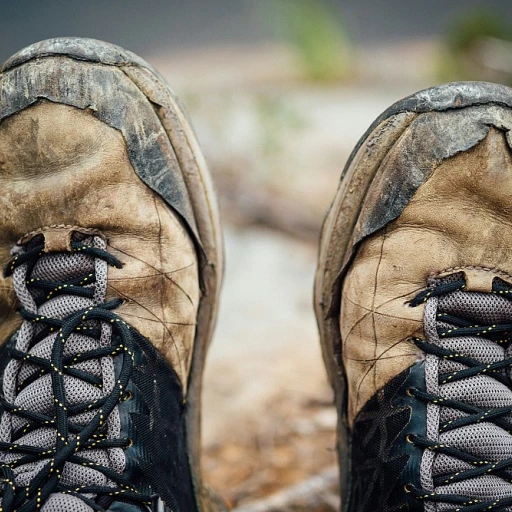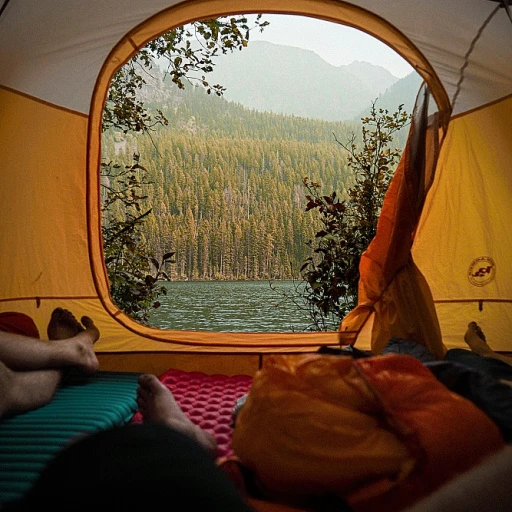
Understanding the Terrain of Maui
Exploring Maui's Varied Terrains
Maui is a paradise for hikers, but understanding its diverse terrains can elevate your hiking experience. From the black sand beaches along the coastline to the lush valleys and towering volcanic peaks, Maui offers a plethora of landscapes, making each hike unique and thrilling. Begin your journey by familiarizing yourself with the coastal trails of West Maui, like the Kapalua Coastal Trail, where the ocean meets the path. The blend of white sands and the rugged coastal environment creates a distinctive backdrop for adventurous hikers seeking a scenic escape. Venturing further, the famous Road to Hana invites you on a winding trip through tropical rainforests and by remarkable waterfalls. Exploring spots like Twin Falls provides both the chance for photography and a refreshing dip after a long round trip. For those interested in high-elevation treks, the Haleakala National Park offers volcanic landscapes unlike any other. Witnessing the sunrise from Haleakala's peak is a breathtaking experience, with trails leading you through the unique flora at this distinct elevation. The island's varied ecosystems include lush green stretches within the Waihee Ridge Trail, challenging the adventurous with its elevation gain, and offering stunning views of the island Maui's interior. Whether you are inspired by the idea of a ridge trail through a bamboo forest or exploring a state park's sublime beauty, each venture on Maui promises something extraordinary. Remember, your choice of trails will influence the equipment and preparations needed to ensure a memorable and safe adventure.Choosing the Right Hiking Boots for Maui
Finding Footwear That Fits the Landscapes
Exploring Maui's diverse landscapes involves traversing its black sand beaches, white sand shores, forest reserves, and dramatic elevation changes, making the right choice of hiking boots paramount. Adapting to different terrains like the rocky ridge trails of West Maui and the bamboo forests of the island, a comfortable, sturdy pair will enhance your hiking experience.
When selecting the ideal boots for Maui hikes, consider the following:
- Look for boots with reliable traction. The trails, from the steep Iao Needle to the slick routes around Twin Falls, require firm footholds.
- Consider boots with ankle support to navigate the elevation gain found on popular trails such as Waihee Ridge and Pipiwai Trail in Haleakala National Park.
- With the island's variable climate, waterproof features are essential, especially for trails like those in the lush state parks where sudden rainfalls are common.
- Opt for breathable materials to remain comfortable during the warm hikes Maui frequently offers, particularly on trails with little shading.
Ensuring your hiking footwear is suited for the island's contrasting terrains not only helps prevent discomfort but also contributes to your safety as you explore these natural wonders. And for those interested in other stunning waterfall hikes, explore more through this guide.
Essential Gear for Maui Hikes
Packing Smart for an Island Adventure
When preparing for the diverse hikes that Maui has to offer, equipping yourself with essential gear can make your experience both enjoyable and safe. These items are vital for any trek on this beautiful island, whether you're navigating the bamboo forests or ascending the majestic heights of Haleakala National Park.- Hydration Pack: With the warm temperatures and varying elevations, staying well-hydrated is crucial. A convenient hydration pack allows for easy access to water while keeping your hands free for those challenging spots. Consider the Waihee Ridge Trail or the trails near Twin Falls where the extra hydration will be appreciated.
- Weather-Appropriate Clothing: The weather can shift quickly from the coastal trails like the Kapalua Coastal Trail to the higher elevations of the Iao Needle. Layering is your friend—carry a lightweight waterproof jacket for unexpected rain and a hat to shield yourself from the sun. Moisture-wicking fabrics will also help keep you comfortable.
- Sturdy Footwear: As you explore trails across diverse terrains, including rocky volcanic landscapes and smooth forest paths, selecting the appropriate hiking boots is essential. For guidance on making the right choice, you can explore another relevant source for hiking boots to ensure your feet are well-protected throughout your hikes.
- Navigation Tools: A topographic map of the area, a reliable compass, or a GPS device is especially useful when venturing into less-populated areas like the West Maui Forest Reserve. These tools help ensure you stay on track, particularly in more remote regions.
- First Aid Kit: Accidents can happen, so be prepared with a basic first aid kit. Include band-aids, antiseptic wipes, and blister treatment as a minimum. The round-trip through the Pipiwai Trail and the road to Hana can be quite lengthy, making a first aid kit highly recommended.
- Snacks and Energy Bars: Bring nutrient-rich snacks for energy during your hikes. Quick stops like at the Black Sand Beach require minimal effort but can be taxing without adequate nourishment.
Top Hiking Trails in Maui
Discovering the Best: Must-Explore Trails in Maui
Maui, with its stunning landscapes, offers a wide variety of trails that suit different levels of hiking experience. Let’s delve into some of the island’s most spectacular hikes.- Pipiwai Trail: Located within the Haleakala National Park, this trail is renowned for its lush bamboo forest and the stunning 400-foot Waimoku Falls. With an elevation gain alongside the 4-mile round trip, it offers an immersive experience in Maui’s diverse ecosystems.
- Waihee Ridge Trail: For those seeking breathtaking panoramas, the Waihee Ridge Trail in the West Maui mountains is a perfect choice. The hike presents a challenging climb with significant elevation, rewarding hikers with sweeping views of the island and Pacific Ocean.
- Iao Needle State Monument: The Iao Valley State Park is home to the iconic Iao Needle, a lush green monolith that rises 1,200 feet from the valley floor. This short hike offers a glimpse into Maui’s deep cultural history and rich botanical life.
- Kapalua Coastal Trail: Perfect for a leisurely walk, this coastal trail offers vistas of crystal-clear waters, rocky coastlines, and is excellent for spotting native wildlife. The trail is mostly flat, making it an accessible option for most hikers.
- Twin Falls: Situated on the road to Hana, Twin Falls offers a moderate hike that leads to stunning waterfalls. It is an ideal spot for picnicking and enjoying a refreshing dip in the natural pools.
Safety Tips for Hiking in Maui
Precautions for a Secure Journey
Hiking on the beautiful island of Maui offers exhilarating trails with diverse landscapes, but safety should always be a priority. With the variable terrains from the lush Waihee Ridge to the volcanic landscapes of Haleakala National Park, taking a few precautions can make all the difference.
- Stay Informed: Before embarking on your hike, check the weather forecast and trail conditions. The island's weather can be unpredictable, impacting trails like the Pipiwai Trail through the bamboo forest or the scenic Kapalua Coastal Trail.
- Path Expertise: Ensure you are familiar with the trail's difficulty level and expected duration. For instance, the round-trip hike on the Waihee Ridge Trail features a notable elevation gain, challenging even experienced hikers.
- Water and Snacks: Hydrate adequately before and during your hike. Always carry more water than you think you need, especially on hikes with limited potable water access like those around Iao Needle or Twin Falls.
- Proper Footwear: Wearing suitable hiking boots is essential. They should offer good grip and ankle support, which are crucial on rocky or uneven surfaces such as those in the Haleakala National Park.
- Trail Etiquette: Respect fellow hikers and the environment by staying on marked paths, which helps protect Maui's pristine landscapes. Use designated parking lots to start your journey without disturbing nearby communities.
- Park Regulations: Be aware of specific guidelines and rules for each park or reserve. For example, certain trails might require permits or have restricted entry times to protect the local ecosystem.
With these safety tips in mind, you'll be well-prepared to enjoy everything the vast trails of Maui have to offer while ensuring a safe hiking experience.
Sustainable Hiking Practices
Practicing Eco-Conscious Hiking
Venturing through the lush trails of Maui is an experience like no other, from the verdant Waihee Ridge to the scenic Kapalua Coastal Trail. To ensure these natural wonders are preserved for future hikers, it is vital to adopt sustainable hiking practices.
- Stay on Designated Paths: While exploring trails like the Pīpīwai Trail in Haleakalā National Park, always stick to marked paths. Straying off-trail can damage delicate ecosystems and disturb the habitat.
- Practice Leave No Trace Principles: Carry out all trash, leftover food, and personal items. This practice is crucial in areas like the Twin Falls and Iao Needle, where litter can spoil the area’s pristine beauty.
- Use Eco-Friendly Gear: Opt for reusable water bottles and sustainable clothing materials. With trails often leading to features like waterfalls and bamboo forests, maintaining a low environmental impact is essential.
- Respect Wildlife: Maui's trails may cross paths with unique flora and fauna. Keep a safe distance, especially in protected areas like the West Maui Forest Reserve, and avoid disturbing the natural inhabitants.
- Limit Group Sizes: When planning a ridge trail hike with friends, be mindful of group size to minimize trail impact.
- Use Established Parking: Utilize designated parking lots at trailheads to avoid damage to surrounding landscapes.
By adhering to these practices, you contribute to the preservation of the incredible trails and parks across the island of Maui, ensuring their continued enjoyment for years to come.

